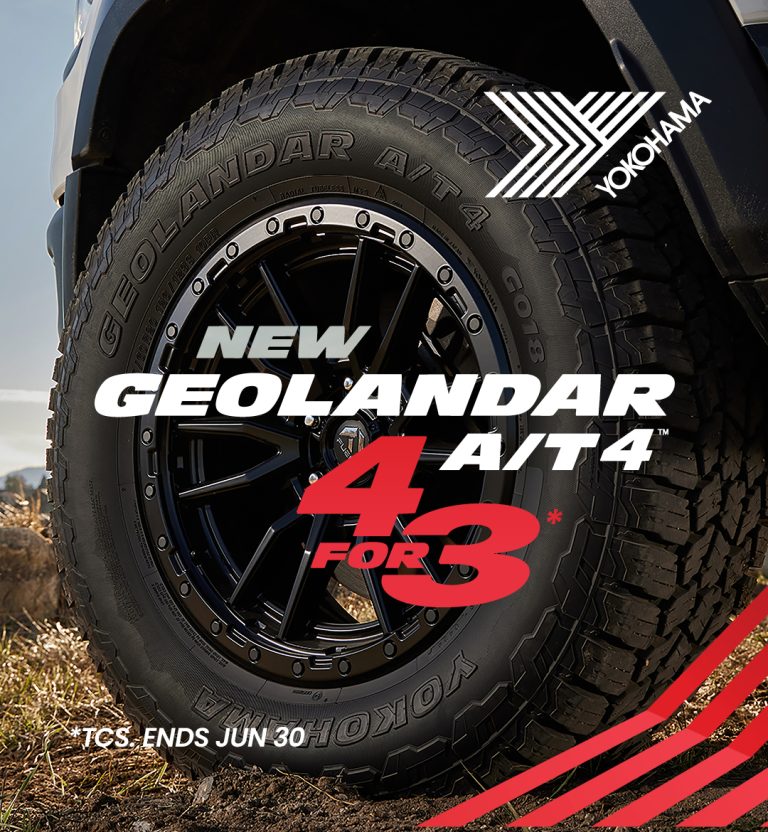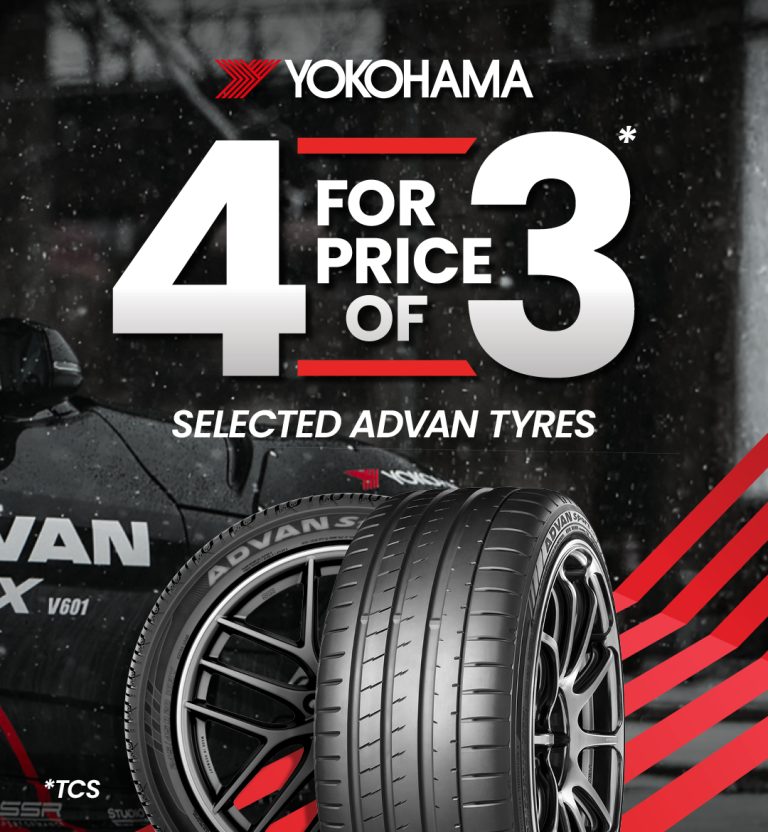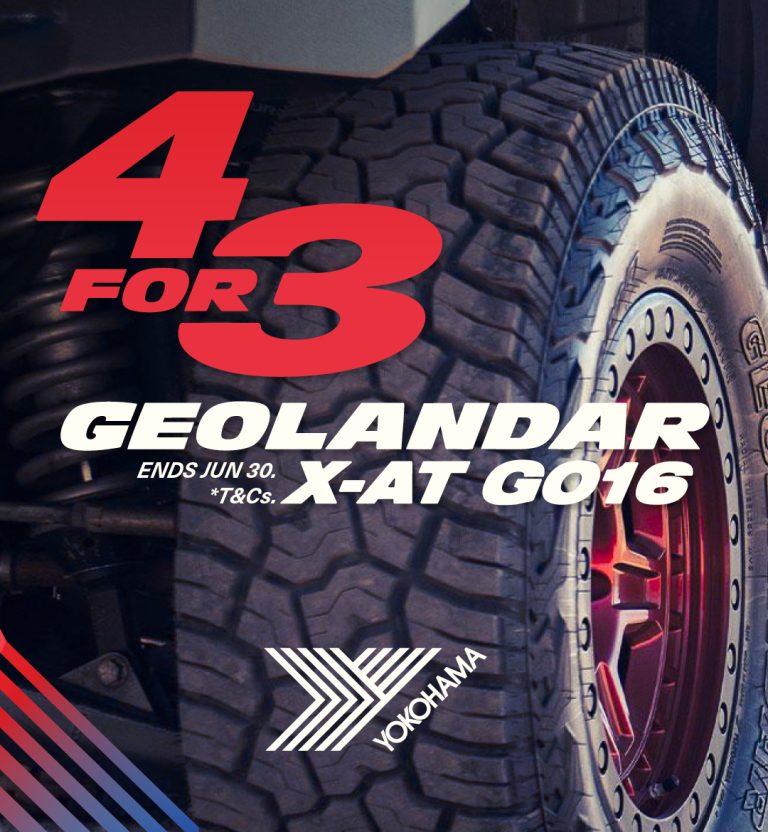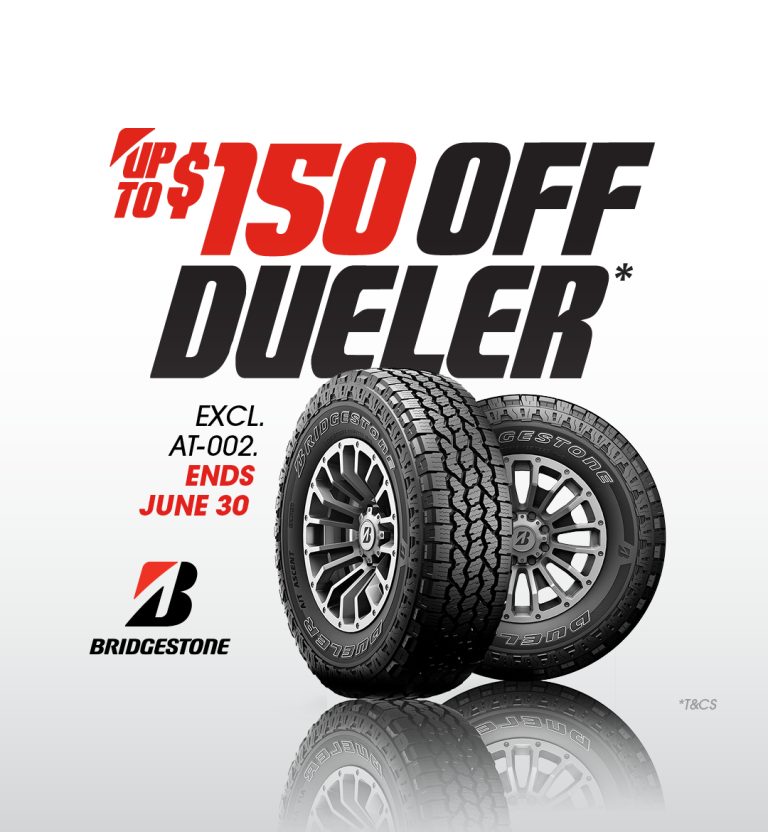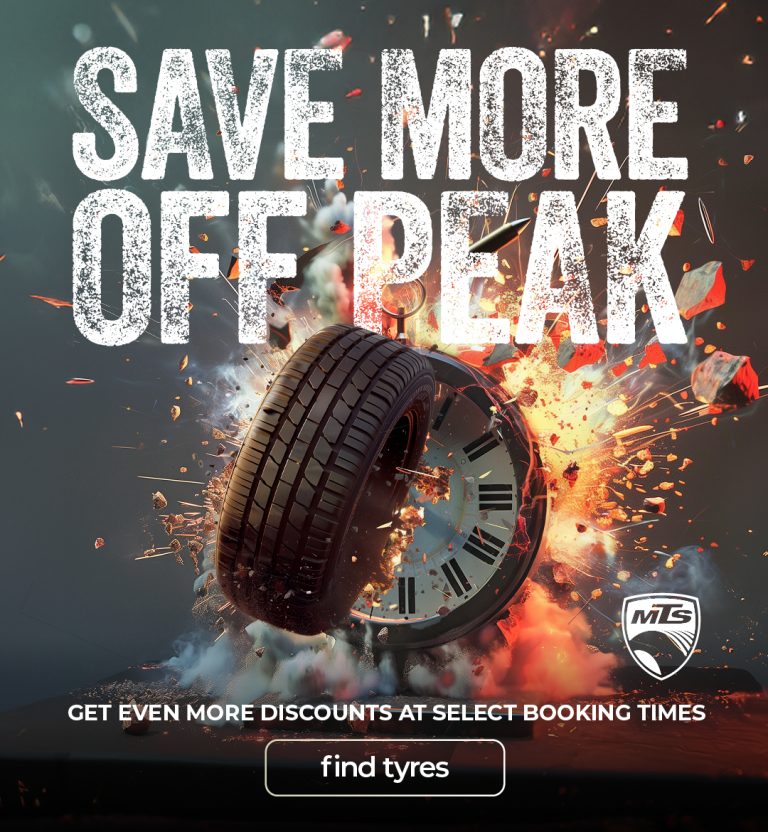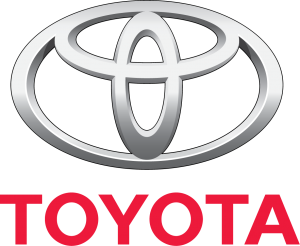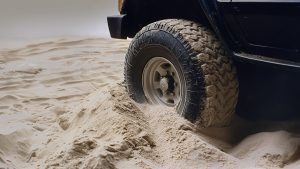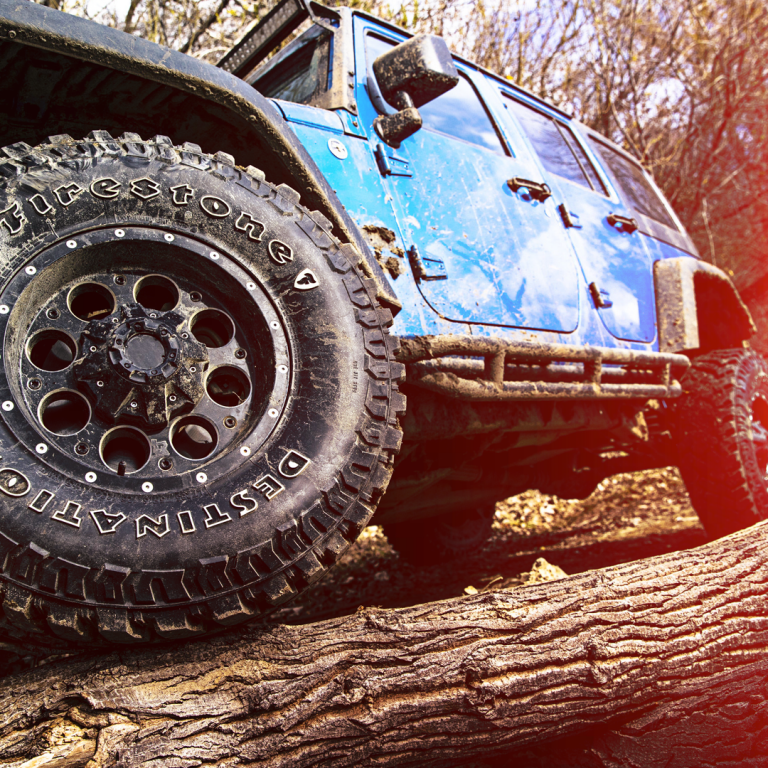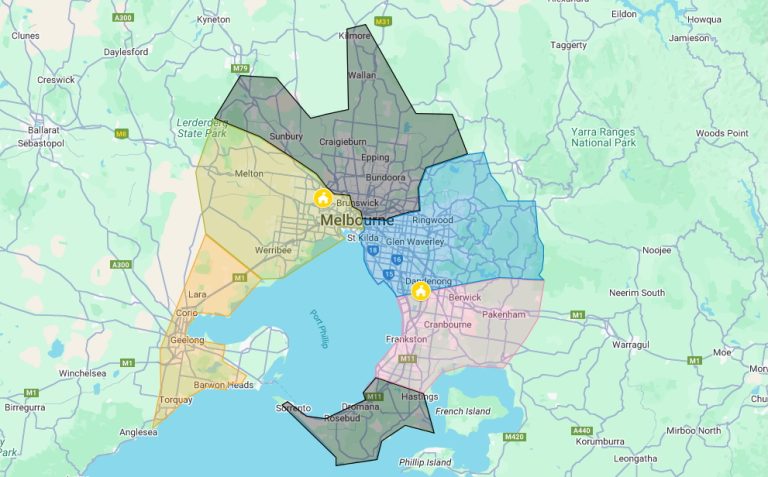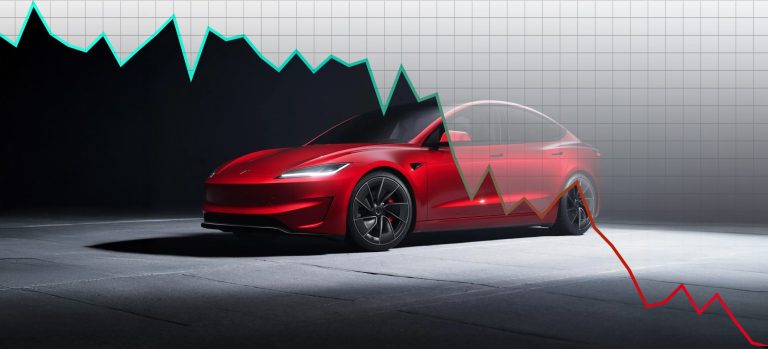03 Sep 2018
The Definitive Guide to Run Flat Tyres

If you are wondering how do run flat tyres work and whether they are right for your vehicle, the following guide is sure to help. RFT tyres are designed to with features that enable you to move even in the event of a puncture.
Many new cars, particularly luxury vehicles, are now sold either with run-flat tyres installed or with the option of fitting them. These tyres do exactly what they say on the tin – they still run when they are flat. As such, run-flat tyres can save a lot of hassle and pressure in puncture situations, as you won’t need to stop and change a tyre or call for help.
What Is A Run Flat Tyre?

Run flat tyres are specifically designed to be capable of travelling some distance despite a puncture. Also referred to as self-supporting tyres, they are built to operate even at zero pressure. The ability to drive with a completely deflated tyre, makes run flat tyres a versatile and safer option.
With a run flat tyre, you are always equipped to handle the inconveniences caused by a puncture. Your journey will not need to stop and you can continue driving for a certain distance without having to change your tyre. Moreover, the unique construction of the tyre considerably reduces the probability of a dangerous tyre blowout.
How do Run Flat Tyres Work
The reason run flat tyres still work after sustaining a puncture is because they are built with reinforced sidewalls. Where standard tyres rely on air to support the vehicle, run-flat tyres have stronger supporting rubber, which is designed to temporarily support the vehicle after a puncture. This is an important point to remember, as they are only designed to allow you to drive up to a specified speed and distance (specifications vary for each tyre).
Vehicles that are fitted with run-flat tyres must also be fitted with a tyre pressure monitoring system. This is because the stiffer sidewalls make it difficult to determine when air pressure is low, or even when you have sustained a puncture. Run-flat tyres and tyre pressure monitoring systems can, therefore, be retrofitted to a car, and this has become a choice that many motorists are battling with as the technology goes mainstream.
How far can you drive on a run flat tyre
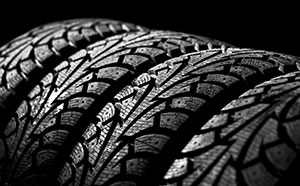
After a run flat tyre suffers a puncture, there is a limited distance that you can drive. You can drive for another 80 kilometres at 80 kph. This distance is hopefully enough to reach the next garage to get your puncture repaired or to any other safe location. The exact distance that you can travel is also determined by other variables like the load of the vehicle, the conditions you are driving through and your driving speed.
Pros and cons of run flat tyres
Pros of run flat tyres
- You can still drive on a flat tyre – This is the first obvious benefit. If you sustain a puncture, you won’t need to stop and change the tyre.
- More stable in the event of a puncture or blowout – In the event of a puncture or a blowout, a run-flat tyre will be more stable than a conventional tyre (where loss of control can occur in a sudden blowout situation).
- Space saving – When your car is fitted with run-flat tyres, you don’t need to carry a spare tyre. This can free up valuable boot space.
- Weight saving -Further to the above point about space, the lack of spare tyre means that your car will be carrying less weight. This can also improve fuel economy. However, it’s important to remember that the run-flat tyres themselves are heavier than standard tyres (due to their rubber reinforcements), so the net weight saving may not be as dramatic as expected.
Cons of run flat tyres
- Expensive to install – Retrofitting run flat tyres requires a tyre pressure monitoring system. This can, therefore, be a rather expensive exercise, depending on your vehicle.
- Expensive to replace – As well as being expensive to install, run flat tyres cost more than standard tyres when it comes to replacing them. This is because they use more rubber and more technology than the average tyre.
- No spare tyre – This is a benefit when it comes to boot space, but it is also a negative point for some. The spare tyre is a safety blanket for many motorists and, even though you shouldn’t need to replace a tyre when you have run flats, you don’t have the option as there are no tools to do so either.
- Higher wear rate – Due to their heavier construction and compound, run-flat tyres have been reported to wear faster than conventional tyres. This means you may need to replace them more frequently.
- Firmer ride – All the reinforcement and rigidity translate into a firmer ride. This may not be bothersome, but it’s important if you are sensitive to a change in ride, especially over rough surfaces or those inner-city potholes.
- Fuel economy – Another downside of their weightier construction is that they have an effect on rolling resistance, which results in slightly higher than average fuel consumption when compared to a traditional tyre.
While run-flat tyres are considered to be mainstream now, they aren’t always stocked extensively at tyre shops or service centres. This means you may be left waiting for a replacement in the event of a puncture.
Overall, there are some great benefits when it comes to run flat tyres, but there are obviously some downsides too. However, many motorists swear by them so it’s important to weigh the pros and cons and decide whether they are in your favour, both for your vehicle and your type of driving.
Vehicles with Run Flat Tyres as the Original Equipment
With the rise in demand for run flat tyres, an increasing number of manufacturers are preferring to fit new vehicles with run flat tyres. So, if you buy a new BMW, Mini or Mercedes, it may have a run flat tyre. This also means that the spare tyre and changing tools will not be included.
Switching to a Run Flat Equipped Vehicle from Conventional Tyres
In case your car has originally been fitted with a run flat tyre, it is possible in most cases to shift to conventional tyres. In most instances, people prefer to make the shift as conventional tyres are cheaper and easily available. However, if you are planning to change, it is important to keep in mind that the manufacturer has developed the vehicle and suspension exclusively for run-flat tyres. When you change to normal tyres, there are inconveniences associated. You may also not have a spare tyre in the event of an emergency.
Can you repair a run flat tyre?
Most of the run Flat tyres can be repaired. However, as it is for conventional tyres, run-flat tyres can only be repaired for damages to the crown of the tyre. A damage to the sidewall or shoulder of the tyre makes the tyre irreparable. Before any repair process is undertaken, it is important to inspect the tyre thoroughly to figure out any internal damage.
Can I use different run flat tyre brands?
Every tyre has its own characteristics and it is advisable to follow the instructions of the manufacturer when planning to mix tyres brands. It is always recommended to fit the same brand and type of tyre along the axle of the vehicle. This will ensure that the two front tyres match each other. Run flat tyres have marked the introduction of a new era of safe motoring and are becoming increasingly popular. The car tyre industry today offers different types of run flat tyre models.
How do I tell if my tyre is a run flat?
You will be able to check whether your current tyres are Run Flat tyres by checking the sidewall. The manufacturers define the technology differently and brand their tyres as follows:
|
Brand Run Flat Tyre |
|
Bridgestone RFT (Run Flat Tyre) |
|
Pirelli Tyre identified as a “Run Flat” tyre |
|
Dunlop DSST (Dunlop Self Supporting Tyre) |
|
Goodyear EMT (Extended Mobility Tyre or ROF Run on Flat) |
|
Continental SSR (Self Supporting Run Flat) |
|
Michelin ZP (Zero Pressure) |
How long do run flat tyres last?
Run flat tyres are built with the same materials as used to manufacture conventional tyres. This suggests that the rate of wear of the two tyres are similar. Maintaining the tyres by ensuring that the correct air pressure is maintained is the best way to prolong the life of a run-flat tyre.
Towing Caravans and Trailers with Run Flat Tyres
If your vehicle is fitted with a run flat tyre and you are using it to tow another vehicle, then care must be taken. The additional weight of the vehicle being towed exerts pressure on the tyres. If a puncture occurs, you may experience issues with the stability of your vehicle even after abiding by the speed limit set by the manufacturer of your run flat tyre. For safety reasons, it is important to reduce the speed and the distance travelled with the punctured run-flat tyre.
Repair and replace your tyres with Mobile Tyre Shop
At Mobile Tyre Shop we believe in replacing like with like. In other words, it is best to stick to run flat tyres if your vehicle was originally fitted with it. Making a shift can lead to an adverse impact on the handling as the vehicle’s suspension was originally equipped to suit run flat tyres. However, if you still prefer to change to conventional tyres, we are here to make it easy for you. We are available from 7:00 AM to 7:00 PM on all 7 days of the week to assist you.

